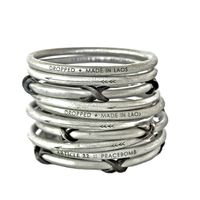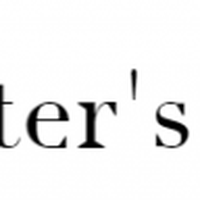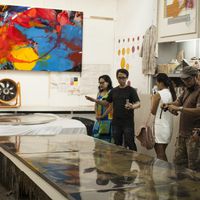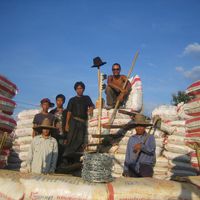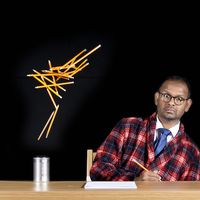Bombs and Buffalos: Social Issues in Contemporary Art from Laos
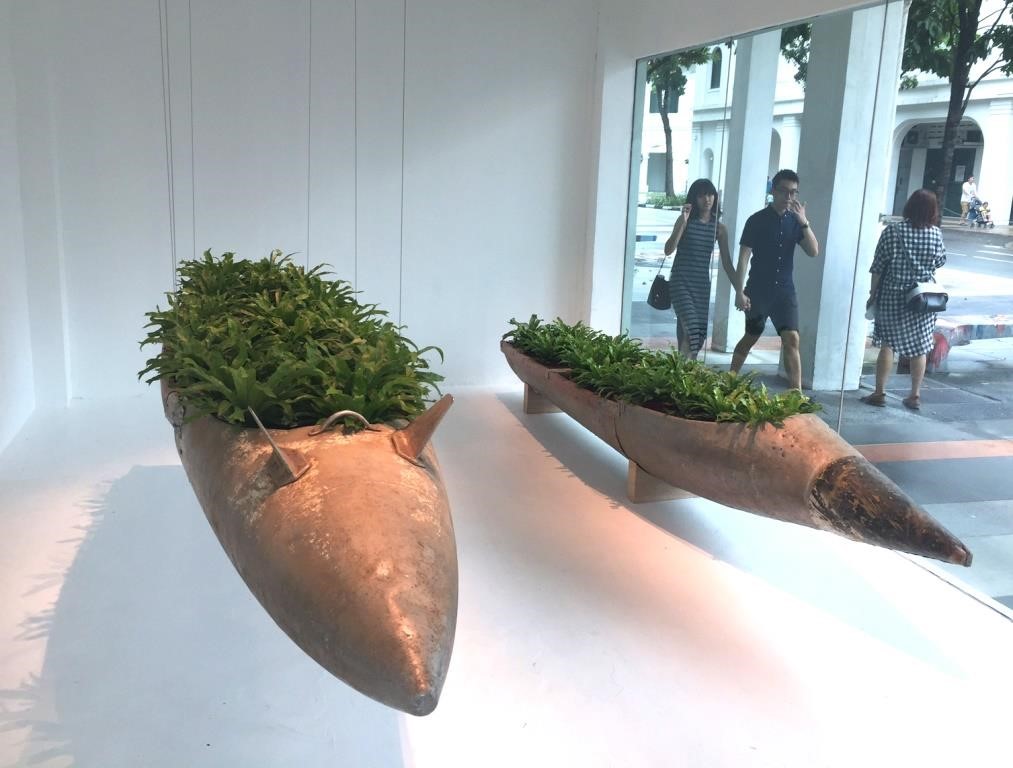 Contributed by Anna Koshcheeva and Yulia Pak
Contributed by Anna Koshcheeva and Yulia PakThe buffalo is not stupid, the buffalo just never had a chance to study and see the world. Souliya Phoumivong (Interview with the artist, 2017)
[caption id="attachment_64218" align="aligncenter" width="390"]
 Souliya Phoumivong
Souliya PhoumivongBig World (2010)
Image courtesy of the artist[/caption]
Singapore art lovers are spoiled for choices of regional contemporary art. The art scene is especially ample this year with the newest work brought from all corners of Southeast Asia. Art Stage, Singapore Contemporary and Singapore Biennale 2016 were some bigger gravity points of the city art-scape at the beginning of the year with other events taking over afterwards. Yet in this abundant offer, contemporary art from Lao PDR or Laos as it is commonly referred to remains a rare case.
Landlocked, cut off from the Mekong trade route by Khone Falls and governed by a one-party socialist government, the country is perceived as a spatial and temporal backwater of the region with the charm and peace of Buddhist temples but also dark undercurrents of its history’s aftermaths. “Land in Between,” as Laos is known, is often overlooked by a tourist, let alone an art gallery buff.
Fortunately, a search for new voices in the region brought art curators attention to Laos this year and two contemporary artists were recently invited to show in Singapore. Souliya Phoumivong was offered a residency at the Center for Contemporary Art (CCA) at Gillman Barracks and Bounpaul Phothyzan is participating in the 2017 edition of the Singapore Art Museum (SAM) Imaginarium.
Souliya Phoumivong
Souliya Phoumivong is a stop motion animation artist based in Vientiane. He was offered a residency in Japan in 2010 and it became a birthplace for the play-doh avatars featured in much of his work – a buffalo and a representation of artist himself.
The artist recalls that he was overwhelmed by his first encounter with Japan and the world outside of Laos - its scale, pace and sophistication. He felt small, provincial and ignorant and reflected it in the avatars - making them little and unassuming.
Phoumivong says “Buffalo in Laos means stupid. But what is stupid about a buffalo? It works hard all his life and knows little about the world as it doesn’t have chances to see much of it. Maybe the buffalo is not stupid, maybe it just never had a chance to study and see the world?”
The artist has since toured many places in the region, bringing his buffalo along to witness the wonders and bring back the tales about them to Laos. Yet, another concern preoccupies Phoumivong and that is how little is known about his country even in neighboring Asian countries. So, his little Lao man is out there to bring the tale of his country to others.
The artists’ recent project at the CCA Art Residency also features buffalos. Yet now they have become a herd lead somewhere by a leader superior in size and might. Under the cutesy veneer of cartoon characters a more serious narrative is unfolding.
[caption id="attachment_64219" align="aligncenter" width="467"]
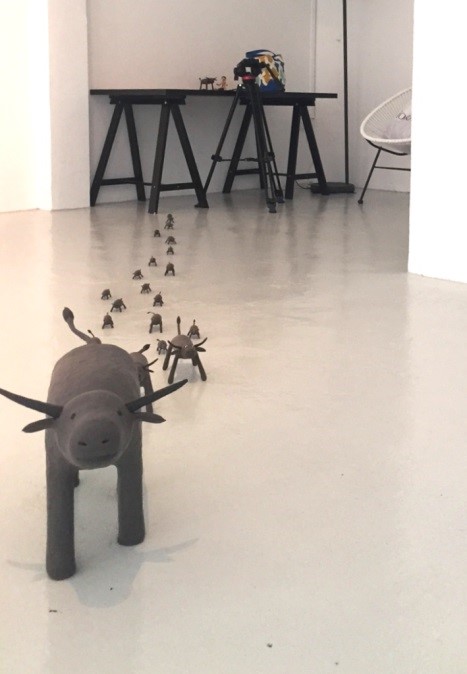 Souliya Phoumivong
Souliya PhoumivongUntitled (unfinished, 2017)
Residency at CCA Singapore, 2017
Image courtesy of authors[/caption]
Phoumivong is asking the viewer “If the buffalo is dumb but is placed in the leader’s position, where is he going to lead his herd? And if the herd is all buffalos themselves, how can they judge if the path is right or wrong?”
His buffalos are trying to escape from some place and move onto fields anew. They are guided by the fugleman which is older and superior in power. The herd is peculiar, with smaller ones not given eyes to see or ears to hear on their own, the only thing they can do is to follow. At the same time there are a few buffalos with their eyes wide opened and bright. Maybe these buffalos had chance to learn and see the world? Maybe they are not naïve anymore and can bring some change to the country?
The original artist’s plan for the residency at CCA was to continue the animation series of Big World with a Singapore Chapter. Yet an encounter with the cosmopolitan and prosperous city-state provoked him to undertake the new project - with less self-ethnographic concern and a more critical focus on the political situation in the country. By no means, is Phoumivong considering the outcome of the residency as a final artwork. His plan is to continue to develop it, give it shape and scale, independent from the previous project, more suitable for the matter he is dealing with.
Bounpaul Phothyzan
Two slick and smooth aluminum bombshells are looking out on passers-by from the large shopfront-like windows of the Singapore Art Museum gallery. Excavated from Laotian soil, stripped out of the toxic contents, halved and converted into planters by Laotian contemporary artist Bounpaul Phothyzan for his installation Lie of the Land, these bombshells serve as reminder of the remarkable human ability to adapt and innovate, turning the fears of past into the hope for the future.
For the artist, the subject of land bears quite specific connotations. For centuries Laos has experienced fierce territorial conflicts and some 80 thousands of undetonated American bombs from its "secret war" from 1962-1975 continue claiming victims. Despite fear and grief caused by the bombs, Laotians started to fashion found bombshells, made of strong aluminum, as DIY boats, pillars for homes, and containers. Even though Lie of the Land was commissioned as part of SAM’s annual family-focused exhibition Imaginarium: To the Ends of the Earth, it strongly resonates with visitors of all ages. The seemingly simple concept of converting the deadly weapons into everyday objects amplifies the impact of the work and conveys the powerful message about resilience of human spirit to both children and adults. Perhaps it was not a coincidence that this particular artwork was chosen to be housed in the only outward oriented museum gallery providing great visual accessibility of the artwork for everyone curious enough to peek into it.
[caption id="attachment_64216" align="aligncenter" width="620"]
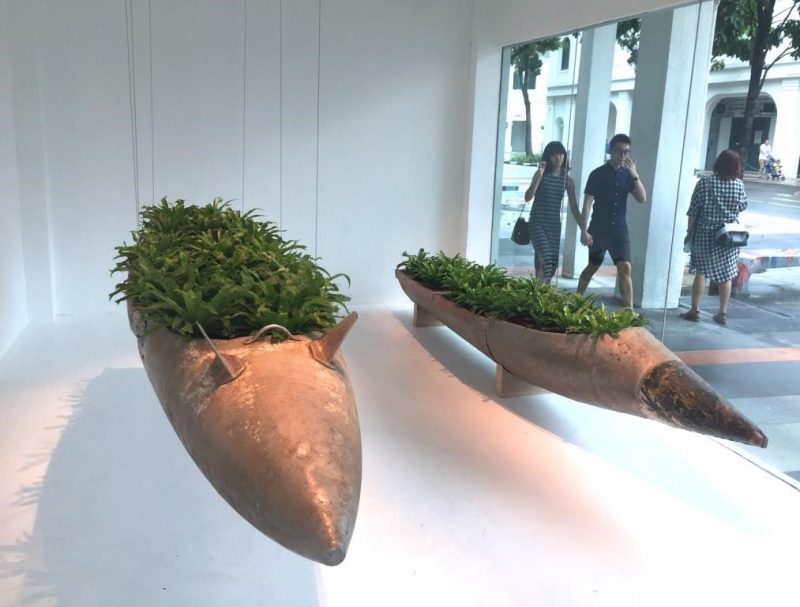 Bounpaul Phothyzan
Bounpaul PhothyzanLie of the Land (2017)
Image courtesy of authors[/caption]
Bounpaul Phothyzan’s artistic practice is shaped primarily by his engagement with critical social and environmental issues taking place in his native Laos. Formally trained as a painter at the National Institute of Fine Arts in Vientiane, later Bounpaul went on to broaden his perspectives and studied Visual Arts in Thailand.
He discovered installation art and has been experimenting with it since, admitting in the interview that “the canvas are too small to express the world” for him. Phothyzan pioneers land art in Laos.
His site-specific installation We Live (2013), commissioned for the Singapore Biennale 2013, narrated the issues of deforestation due to natural disasters and human interventions. Upon returning from Singapore, he is planning to commence his next land art project which involves the collection of dry leaves from the Laotian woods. The artist insists that his art does not only tell the Lao story but is really about global environmental issues that just happen to take place in his home country.
[caption id="attachment_64217" align="aligncenter" width="620"]
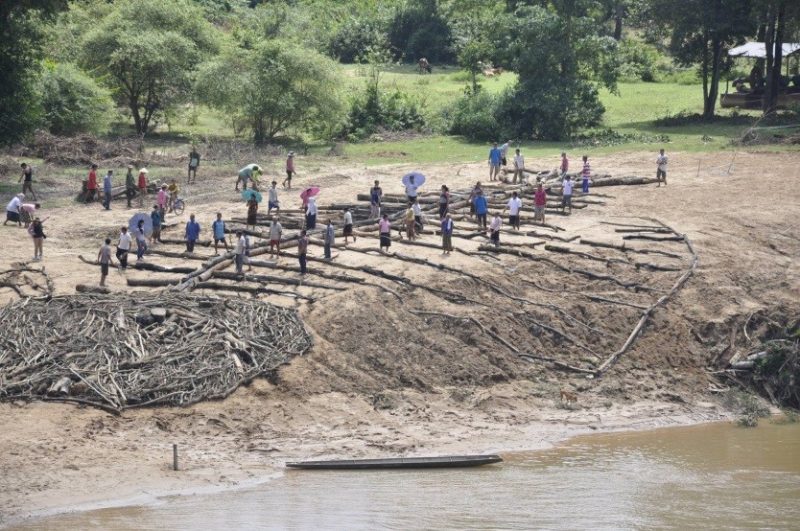 Bounpaul Phothyzan
Bounpaul PhothyzanWe live (2013)
Image courtesy of the artist[/caption]
Laotian contemporary artists are clearly dealing with urgent social issues of their land, bringing to the fore the topics of freedom of speech and exchange of ideas, political critique and environmental problems. Social concerns are historically a powerful driver of creative production in Southeast Asia and resonate all over the region. Contemporary artists from Laos add to the common narrative, a new distinct local motive and a degree of urgency.
Access to regional platforms for artistic exchanges, lack of infrastructure and art education are also issues addresses by Laotian artists. The lack of art market infrastructure, government censorship, prevalence of traditional teaching paradigms in art schools have kept artists in Laos behind closed doors all too long. But creative spirit perseveres and Bounpaul Phothyzan believes that it is the freedom to create and the sheer desire to make one’s voice heard that ultimately empower emerging contemporary artists. Let’s hope to see more contemporary art from Laos soon, bridging social, historical and geographical divides that result from decades of isolation.
More at:
- https://www.singaporeartmuseum.sg/exhibitions/current.html
http://ntu.ccasingapore.org/residencies/souliya-phoumivong/
Anna Koshcheeva is based in Singapore and focuses her research on Contemporary art from Southeast Asia. Trained in both World Economics and History of Asian Art, well-traveled in Europe and Asia, she is attuned to local realities and issues that artists of the region are dealing with. She relates them to broader context of globalization, cultural confluences and social change. She advocates that unique and complex cultural fabric of Southeast Asia requires attentive approach and interpretation of regional art on its own terms.
Yulia Pak is a docent at the Singapore Art Museum and an emerging arts manager, combining her love for contemporary art with professional background in territory development and place making. Prior to entering the cultural sector, she worked in strategic consulting and urban planning in Moscow, London and Singapore. Currently she is completing MA Arts and Cultural Management program at LASALLE College of the Arts, Singapore. Yulia’s research interests encompass public art, built heritage and cultural management practices in Southeast Asia and beyond.

